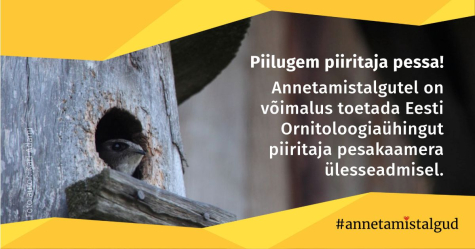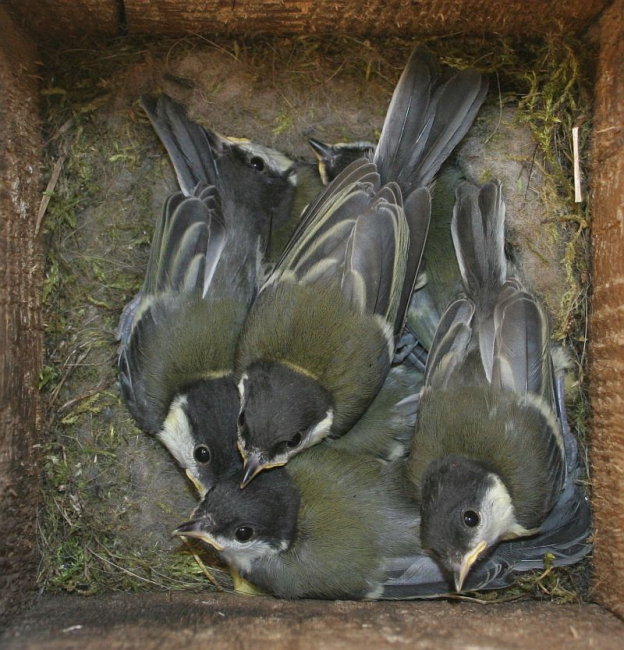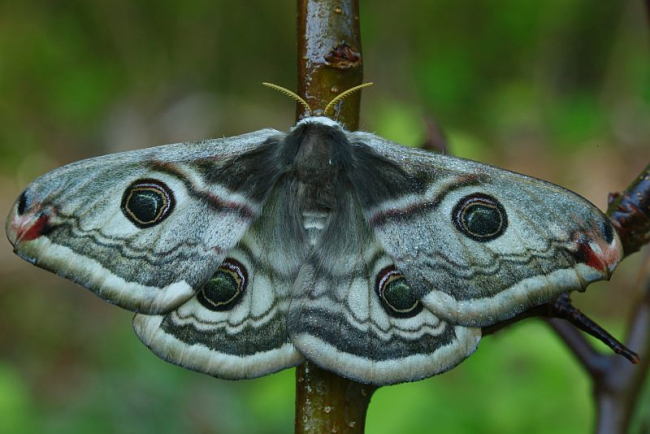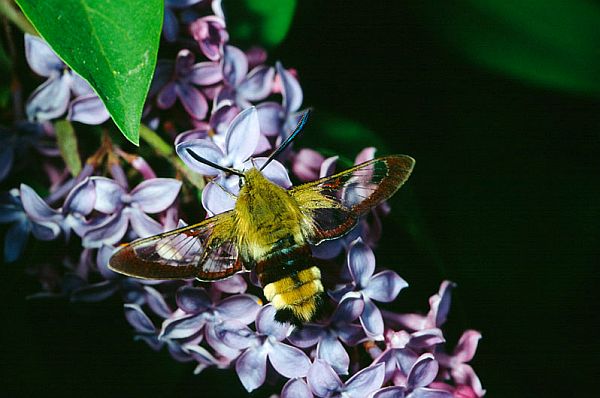Great tit chicks about to leave nest
Text Margus Ots, Coordinator of Great Tit Year
Translation Liis
The 18 days old great tit chicks are capable of flying and can leave the nest at any moment, Vana-Kuuste 02.06.2016 / Photo: Margus Ots
The chicks of great tits usually leave the nest when they are 18-20 days old. The chicks of the tits that begun their nesting first have already left the nests but the majority of the chicks will fledge during next week. In the great tit nests with cameras the nesting has developed as follows:
 Latest news
Latest news
 Loodusemees.ee - the day in pictures
Loodusemees.ee - the day in pictures Videos
Videos
 My Forest
My Forest





